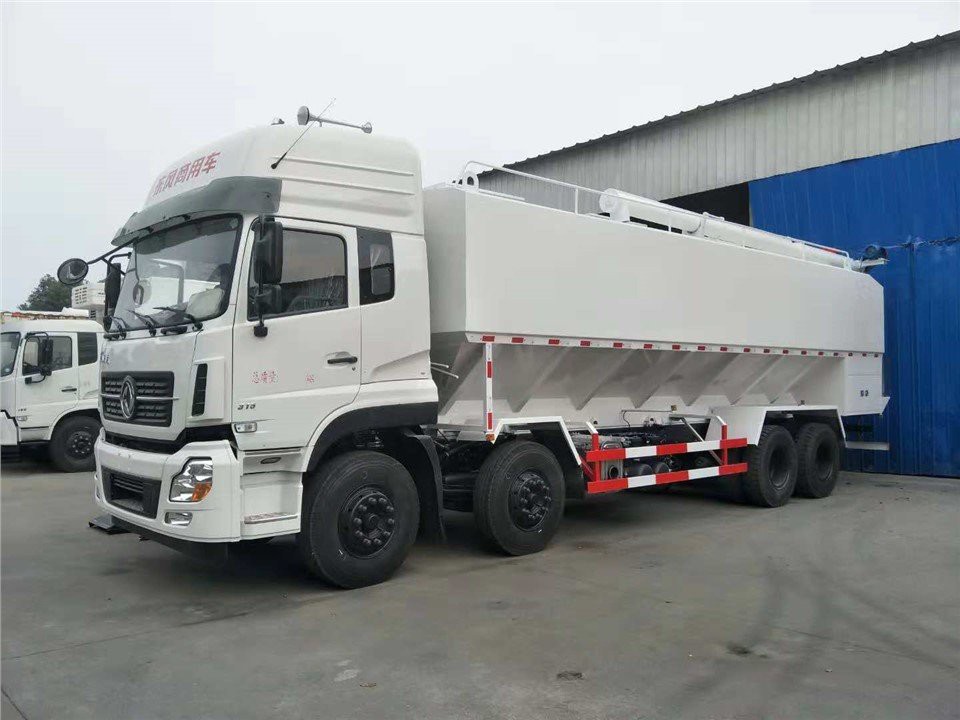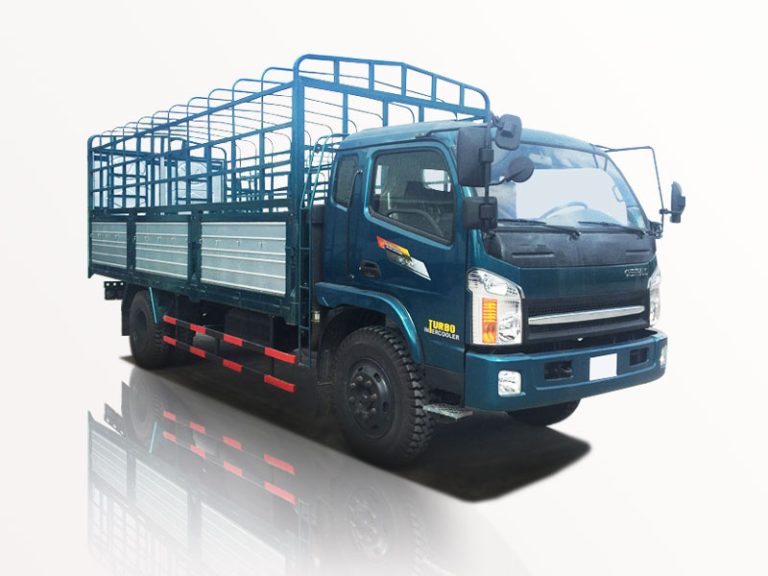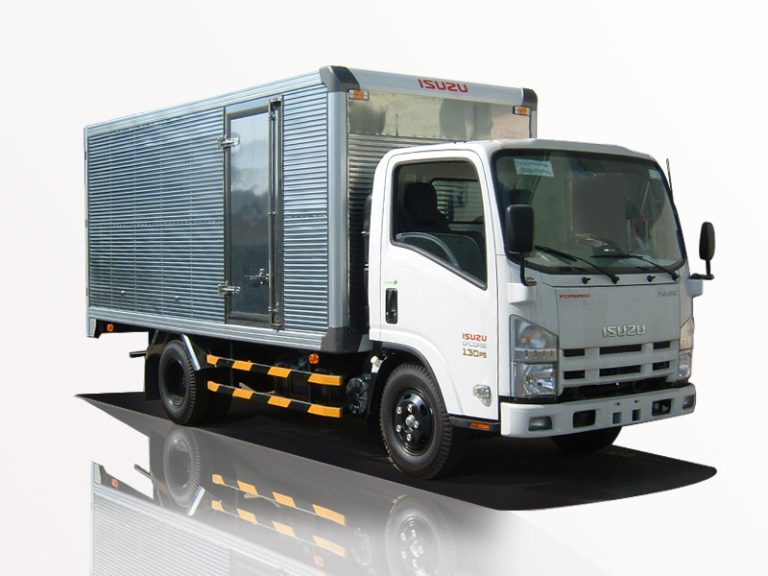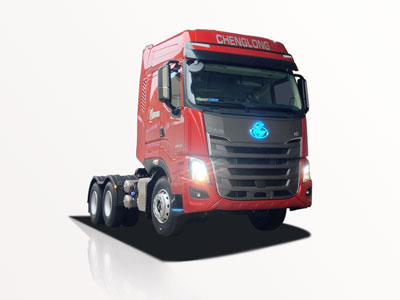Introduction
Aircraft fuel trucks play a vital role in the aviation industry, ensuring that planes are fueled safely and efficiently before takeoff. These specialized vehicles have unique designs and functionalities tailored to meet the specific needs of aviation fuel transportation. This article will delve into everything you need to know about aircraft fuel trucks, from their types and features to operational tips and maintenance practices. Whether you’re an aviation enthusiast, a ground support technician, or just curious about how fuel is delivered to aircraft, this comprehensive guide will provide you with valuable insights.
What is an Aircraft Fuel Truck?
An aircraft fuel truck is a specialized vehicle used to transport and deliver aviation fuel to aircraft at airports. These trucks are designed to hold large quantities of fuel while prioritizing safety, efficiency, and ease of use. They vary in size, capacity, and specifications based on the demands of the airport and the types of aircraft they service.
Key Features of Aircraft Fuel Trucks
- Fuel Capacity: Ranges typically from 1,500 to 12,000 gallons.
- Tank Material: Often made of stainless steel or aluminum to prevent contamination and corrosion.
- Pumping System: Equipped with high-efficiency pumps to facilitate quick refueling.
- Dispensing Equipment: Nozzles and hoses designed for easy access and safe fueling.
- Safety Features: Includes spill containment systems, grounding rods, and fire suppression systems.
Types of Aircraft Fuel Trucks
1. Refueler Trucks
Refueler trucks are the most common type, designed specifically for fueling aircraft on the tarmac. They are equipped with pumps, hoses, and filters to ensure clean and safe fuel delivery.
2. Fuel Service Trucks
These trucks provide additional services such as defueling and fueling other aviation equipment. They often have more versatile features compared to standard refuelers.
3. Self-Contained Fuel Trucks
Self-contained trucks come with their own storage tanks and are capable of operating independently. They can be used in remote locations or during emergency response operations.
4. Military Fuel Trucks
Military fuel trucks are built to withstand rugged conditions and are often equipped with advanced technology to meet military standards.
How are Aircraft Fuel Trucks Operated?
Operating an aircraft fuel truck requires specialized training and adherence to strict safety protocols. Here’s an overview of the process involved:
1. Pre-Operation Checks
Before fueling, drivers must perform checks on the truck’s systems, including:
- Inspecting fuel quantity and quality.
- Verifying the functionality of pumps and hoses.
- Checking safety equipment.
2. Grounding the Truck
To prevent static electricity from igniting fuel vapors, the truck must be grounded before fueling begins.
3. Connecting the Fuel Hose
Operators connect a fuel hose from the truck to the aircraft’s fueling point, ensuring a secure and leak-proof connection.
4. Fueling Process
Fueling can take anywhere from 15 to 30 minutes depending on the aircraft type and tank capacity. Operators must monitor fuel levels and pressure during this time.
5. Post-Operation Procedures
After fueling, the truck and all equipment should be cleaned, inspected again, and logged for maintenance records.
Safety Protocols in Aircraft Fuel Operations
Safety is paramount when fueling aircraft. Below are some essential protocols to follow:
1. Personal Protective Equipment (PPE)
Operators must wear flame-retardant clothing, gloves, goggles, and other necessary PPE to minimize risks.
2. Emergency Response Training
Workers should be trained in emergency response procedures, including how to handle fuel spills and fires.
3. Regular Maintenance and Inspections
Conduct regular inspections and preventative maintenance on fuel trucks to ensure they meet safety standards.
Maintenance Tips for Aircraft Fuel Trucks
Routine maintenance is crucial for the safe operation of aircraft fuel trucks. Here are some tips:
1. Fuel Quality Monitoring
Regularly check for water contamination or microbial growth in fuel storage tanks.
2. Filter Maintenance
Replace filters regularly to ensure clean fuel delivery and prevent clogging.
3. Pump and Hose Inspections
Inspect hoses for wear and tear, and ensure pumps are functioning without leaks or unusual noise.
4. Calibration
Ensure the fuel meters are calibrated correctly to prevent discrepancies in fuel delivery.
Practical Examples of Aircraft Fuel Truck Operations
1. Fueling a Commercial Airline
In a commercial airport setting, fuel trucks service multiple aircraft throughout the day, requiring efficient refueling operations to maintain schedule integrity. For instance, a Boeing 737 typically requires about 6,000 to 7,000 liters of fuel. Quick and accurate refueling helps ensure planes are ready for timely departures.
2. Military Operations
In military operations, fuel trucks might be deployed to remote locations where conventional fuel stations are not available. Their rugged design allows them to operate effectively in various environments, from deserts to jungles.
Frequently Asked Questions (FAQ)
1. What type of fuel do aircraft fuel trucks carry?
Aircraft fuel trucks primarily carry aviation fuel types, including Jet A, Jet A-1, and AVGAS, depending on the aircraft they service.
2. How much fuel can an aircraft fuel truck hold?
Aircraft fuel trucks can hold anywhere from 1,500 to 12,000 gallons of fuel, depending on their design and purpose.
3. Are there specific regulations for aircraft fuel operations?
Yes, aircraft fuel operations are governed by stringent regulations set forth by aviation authorities, including the FAA and OSHA, to ensure safety and compliance.
4. What maintenance is required for an aircraft fuel truck?
Regular maintenance includes checks on fuel quality, pump and hose inspections, filter replacements, and calibration of fuel meters.
5. How long does it take to fuel an aircraft?
Fueling an aircraft can take between 15 to 30 minutes, depending on the aircraft type and the amount of fuel needed.
6. What safety features are included in aircraft fuel trucks?
Safety features may include spill containment systems, grounding rods, fire suppression equipment, and emergency shut-off valves.
Conclusion
Aircraft fuel trucks play a critical role in supporting aviation operations by ensuring that planes receive the fuel they need for safe takeoffs. Understanding their functionality, safety protocols, and maintenance is essential for those involved in the aviation industry. By following best practices and regulations, we can continue to ensure safe and efficient fueling operations at airports worldwide.



